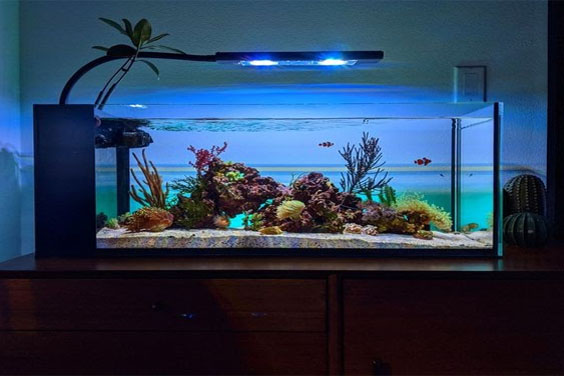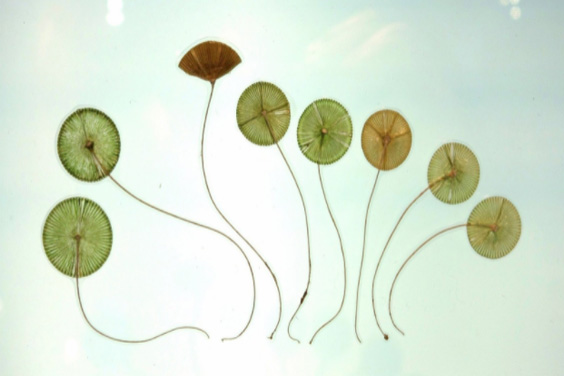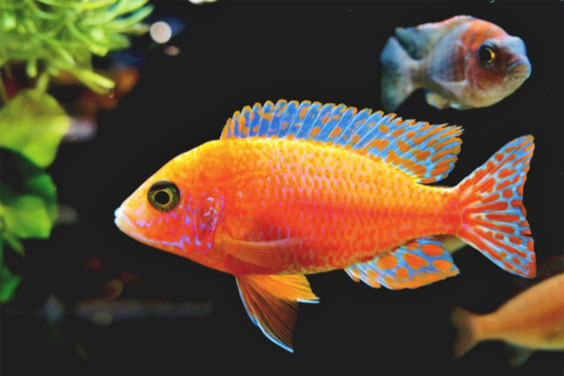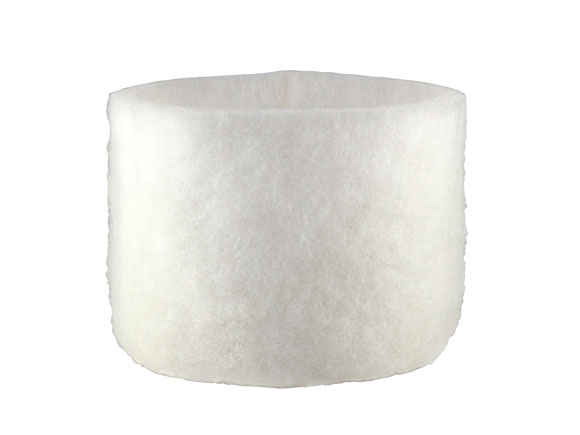

Source: Pixabay
Algae is the biggest problem that owners have to deal with every time they try to start a fish population in a fish tank. It is unavoidable since algae tend to appear where there’s water and food. There are many ways that one can use to keep algae in check, and each has an effect on the fish population. The trick is to go for a method that doesn’t affect any harm to the fish or the beneficial bacteria present in the water. We are going to discuss some of these aquarium filtration methods to help every aquarium owner with the proper information to help them deal with the menace that is algae.

Source: Pixabay
Algae is a big problem, no matter how big or small the aquarium may be. There’s simply no preventing their proliferation, but you can deal with them once they have taken root. The following are some ways you can try to control algae in your aquarium without breaking the bank.
Test Your Water: Every aquarium owner who is serious about their business must have water testing kits. Algae only thrive in certain conditions, and testing your water will provide you with the information you need to know if algae are likely to start appearing. The presence of iron in the water increases the chances of algae to grow, and until it is reduced, you may have a futile war to deal with in your hands.
Keep Phosphates Out: Fish food and tap water are rich sources of phosphates, and phosphate is what algae thrive on. If you can avoid tap water, the better for you, and when you have fed the fish, make sure any uneaten food is physically removed until no visible particle is left. A small crumb is all it takes for a whole colony of algae to take root.
Use Quality Filters: The biggest problem that faces many aquariums is the lack of proper filter material. Going for cheap ones may sound like a good idea, but it comes at the expense of a shoddy job being done. You need high-quality filtration systems to be able to clean the water properly as regularly as needed.
Change the Water: You may be able to get rid of visible food crumbs, but the particles that dissolve into the water or break down into invisible sizes will be a problem, and they will require drastic measures to deal with them. The best route for you here would be to change the water in the aquarium once in a while. Draining it all out will get rid of any algae that had already taken root.
Use Fish: There are certain species of fishes that feed on algae, and having them in the fish tank will help you solve the two biggest problems you have, providing food and clearing the algae in one swoop. Fish species like plecos and angelfishes are voracious feeders of algae; consider getting them for your aquarium as they also look stunning.
Modify your Lighting: Algae colonies depend on light to grow, and the more exposed the aquarium is to light, the faster the growth will be. Therefore, when setting up an aquarium in any space, ensure that lighting is kept to a minimum and, if you can, avoid seething it up near a window where direct sunlight comes through. Use bulbs whose light intensity decreases with time.
Clean the Aquarium: Scrubbing the aquarium and filter media the old-fashioned way is also another way of getting rid of algae. Most usually stick to the walls, where they form huge colonies that start spreading to other places. When changing the water, make sure the tank is scrubbedThere are,, properly until it is sparkling clean before replacing the water and returning the fish inside.

We have talked about getting rid of algae, but why and how is it harmful to fish? There are algae everywhere there’s water, even in the oceans. The reason why that doesn’t affect fishes as much is that the oceans are extensive. Aquariums on the other hand are a tiny ecosystem that can be taken over with algae. The following are some of the dangers that algae possess to fish in an aquarium.
Some algae produce a poisonous toxin that can cause disabilities in fish and even lead to death.
Algae also use oxygen, and this can lead to diminished levels of the valuable element in the water leading to fish suffocating.
Algae also produce other forms of toxins that affect beneficial bacteria in the water, and this can compromise biological filtration.
Keeping an aquarium is fun, but it takes work. Fish are very delicate, and without proper care, things can go wrong pretty quickly. There are many other issues besides algae that one has to be aware of. For more information on how to keep your aquarium algae-free, check out our website for valuable tips.




Leave a Reply